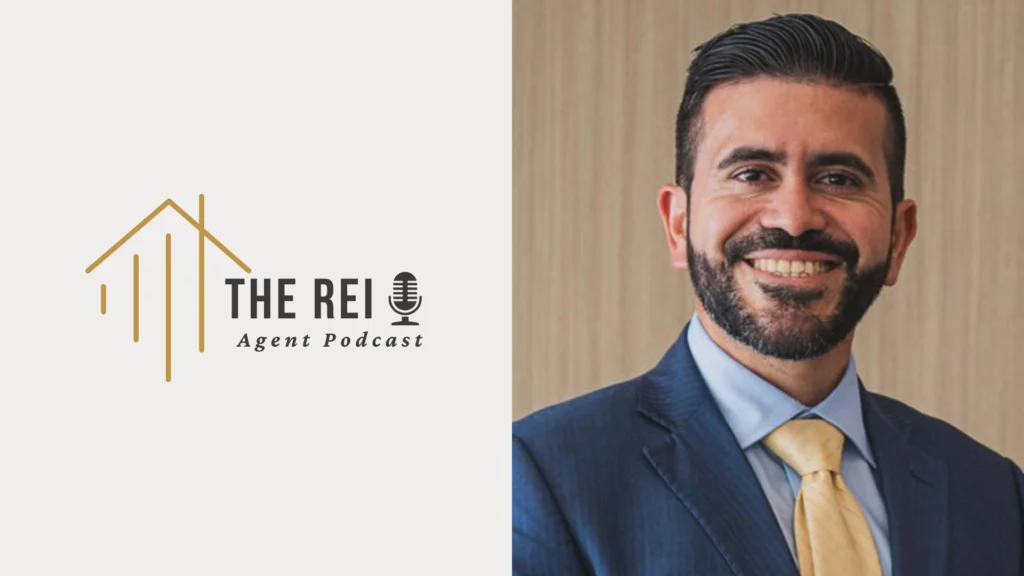Introduction: Understanding the 1031 Exchange
Imagine the 1031 Exchange as a golden key that opens the door to tax-free reinvestment opportunities. You might wonder if it truly is the simplest path to grow your investment portfolio without the burden of capital gains taxes.
While the appeal of deferring taxes is undeniable, the maze of IRS regulations and strict timelines can make navigation tricky.
Are you prepared to explore the potential benefits and challenges this strategy offers, and could there be other options better suited to your financial goals?
Let's take a closer look at what lies beyond that golden door.
Understanding 1031 Exchange Basics
A 1031 exchange, sometimes called a like-kind exchange, is a powerful tax-deferral tool that allows you to reinvest the proceeds from selling an investment property into another similar property without immediately incurring capital gains taxes.
Imagine the possibilities: you can keep your money working for you, rather than handing a chunk over to the taxman. It's a strategic maneuver in your investment toolkit, designed to maximize your financial growth. By leveraging tax deferral, you can increase your investment leverage, enabling entry into larger, more lucrative markets, thereby enhancing your wealth accumulation.
Understanding the basics of a 1031 exchange is essential if you're looking to harness its potential. At its core, this investment strategy is about deferring taxes, allowing you to reinvest your profits fully.
When you sell a property, instead of pocketing the proceeds and facing a hefty tax bill, you can roll the profits into a new property, delaying taxes and continuing to build your wealth.
The process requires careful planning and timing; the properties involved must be "like-kind," which means similar in nature or character. You need to identify a replacement property within 45 days and complete the purchase within 180 days.
Key Benefits of 1031 Exchange
Beyond just tax deferral, a 1031 exchange offers several key benefits that can greatly enhance your investment strategy.
Imagine building your wealth by reinvesting into new properties without the immediate burden of taxes. With a 1031 exchange, you can defer taxes on the sale of investment properties, freeing up more capital to put back into your portfolio. This means you're not just saving money; you're giving your financial journey a significant boost.
Picture the potential for growth as you leverage these tax benefits. Deferred taxes allow you to channel resources into acquiring larger or more lucrative properties, helping you climb the ladder of wealth accumulation.
This strategy doesn't just protect your current investments; it fuels the expansion of your real estate empire, opening doors to opportunities you might've thought were out of reach.
Navigating Like-Kind Property Rules
While the benefits of tax deferral through a 1031 exchange are substantial, understanding the intricacies of like-kind property rules is crucial to fully utilize this strategy. You need to grasp these rules to guarantee your property aligns with the IRS's like-kind classifications. A successful exchange hinges on meeting specific property requirements, making your journey smoother and your investments more rewarding.
Navigating these rules involves embracing a few key concepts. First, like-kind doesn't mean identical. Properties don't have to be the same type, but they must be of the same nature or character. For instance, swapping a rental house for a commercial building is viable.
Second, stay within the U.S.. All properties involved in the exchange must be located within the United States. This keeps your options broad yet focused, ensuring compliance.
Finally, investment purpose matters. Both properties need to be held for investment or productive use in business. Personal residences don't qualify, keeping the focus on building wealth through investment.
Understanding these principles empowers you to take control of your financial future. You're not just trading properties; you're crafting a legacy, using your knowledge of like-kind classifications and property requirements to transform dreams into reality.
Common Challenges and Pitfalls
Beginning a 1031 exchange journey presents several common challenges and pitfalls that you should navigate carefully to guarantee a successful transaction.
Timing issues stand as one of the most significant hurdles. You have 45 days to identify potential replacement properties and 180 days to complete the exchange. Missing these tight deadlines can nullify your tax benefits.
Market fluctuations add another layer of complexity, as property values can shift unexpectedly, affecting your investment's potential.
Navigating compliance requirements is essential. Ensuring all paperwork aligns with IRS standards is critical, as even minor errors can jeopardize your exchange.
Valuation challenges also arise, as accurately evaluating your property's worth and that of potential replacements is important for a fair exchange. Misjudgments here can lead to financial setbacks.
Property identification is another step where careful consideration is needed. Choosing the right properties within the stipulated timeframe demands strategic thinking.
You need to analyze potential investments thoroughly, considering location, market trends, and future value.
Take these challenges head-on with diligence and foresight. By staying informed and proactive, you can turn these potential pitfalls into stepping stones toward a fruitful and tax-efficient reinvestment.
Alternatives to 1031 Exchange
Considering the challenges and pitfalls of a 1031 exchange, exploring alternatives might be a wise choice. Maybe you're not quite ready to juggle Qualified Intermediaries or worry about strict timelines.
Thankfully, there are other ways to manage capital gains and deferred taxes while aligning with your investment strategies.
- Opportunity Zone Funds: Investing in Opportunity Zones can provide tax benefits and spur community development. By rolling your capital gains into these funds, you can defer taxes until 2026 and potentially reduce them if you hold the investment long enough.
- Installment Sales: This approach allows you to spread out the capital gains over several years, easing the tax burden. You sell your property in installments, receiving payments over time, which lets you pay taxes on each installment rather than all at once.
- Charitable Remainder Trusts (CRTs): If you're feeling generous, consider a CRT. You transfer your property to the trust, sell it tax-free, and then receive income for a set term. Eventually, the remaining assets go to a charity of your choice.
These alternatives can help you navigate investment strategies with a fresh perspective, offering flexibility and potentially easing the burden of capital gains without the intricacies of a 1031 exchange.
Conclusion
Conclusion: Your Path to Financial Empowerment
Navigating the 1031 Exchange might seem daunting, but reaching the summit is truly rewarding.
With this tool, you can defer taxes and reinvest with precision, ensuring every dollar is maximized.
Keep in mind, it's not just an exchange; it's a step toward building your financial legacy.
Though the journey may be demanding, your focus and determination can lead to success.
Explore all available options and let your investment journey be a source of inspiration.
Take action now, and allow this strategic move to unlock greatness in your financial future!





















